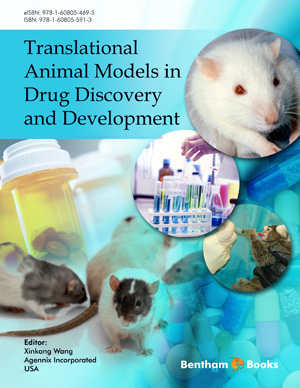Abstract
Experimental and translational breast cancer research is currently hampered by the limited number of in vivo models available that accurately represent the full spectrum of human breast disease. At least six unique classes of human breast cancers have been identified based on gene expression analyses. While immortalized human breast cancer cell lines as well as mouse in vivo models have been developed to represent many of these classes, in vivo xenograft models are rapidly becoming a viable preclinical experimental platform for both testing of experimental therapeutics and the mechanistic studies of tumor cell regulators. These models include viral transductioninduced, human cell line xenografts, and more recently, primary tumor xenografts established directly from patients. Each model type is endowed with its own set of advantages and limitations. However, as a collection, xenograft models of human breast cancer represent powerful tools for preclinical analysis.
Keywords: Breast cancer, drug discovery, estrogen receptor, human cancer cell, immunocompromised mice, in vitro model, in vivo model, progesterone receptor, translational model, xenograft.






















